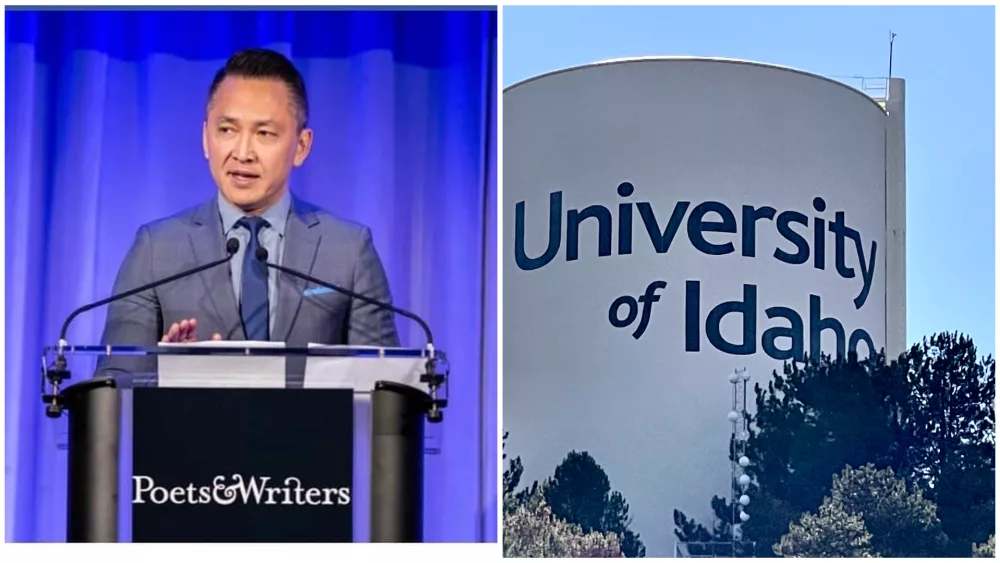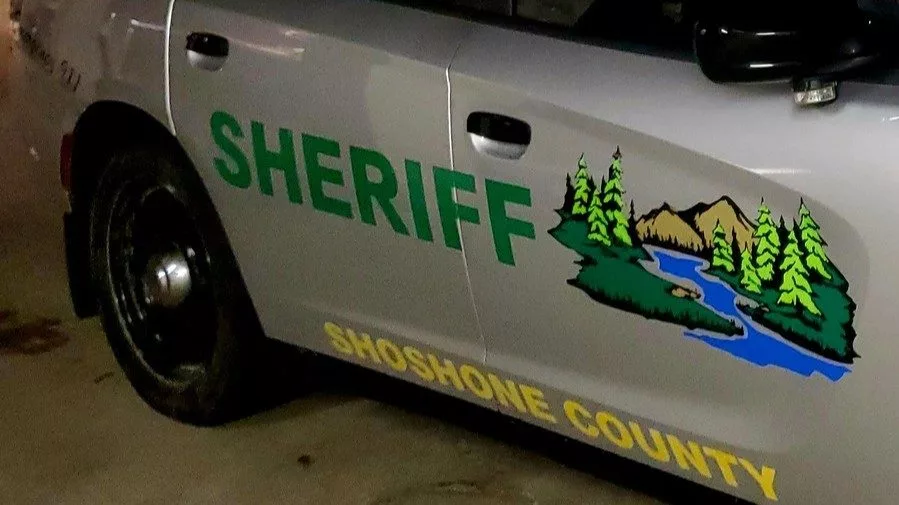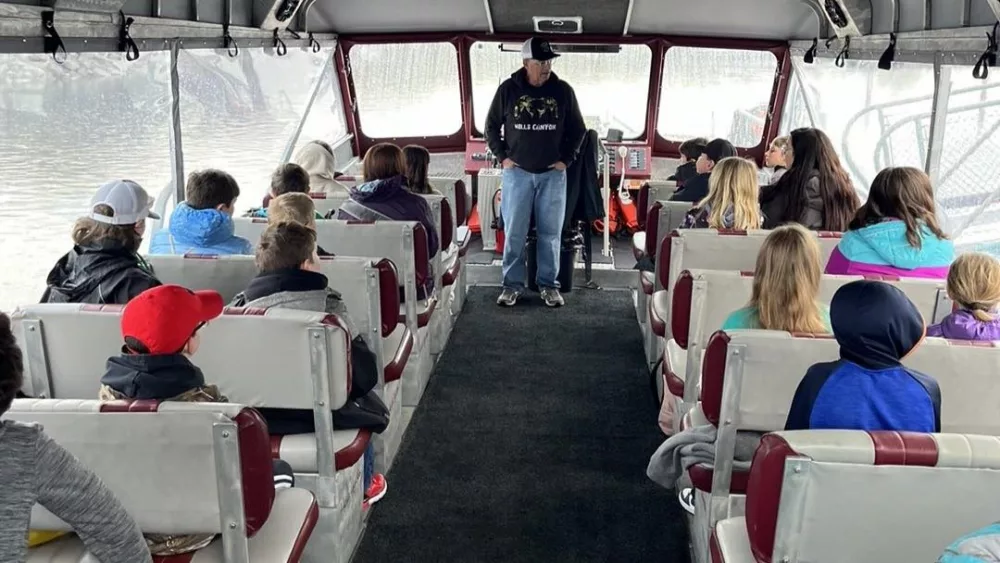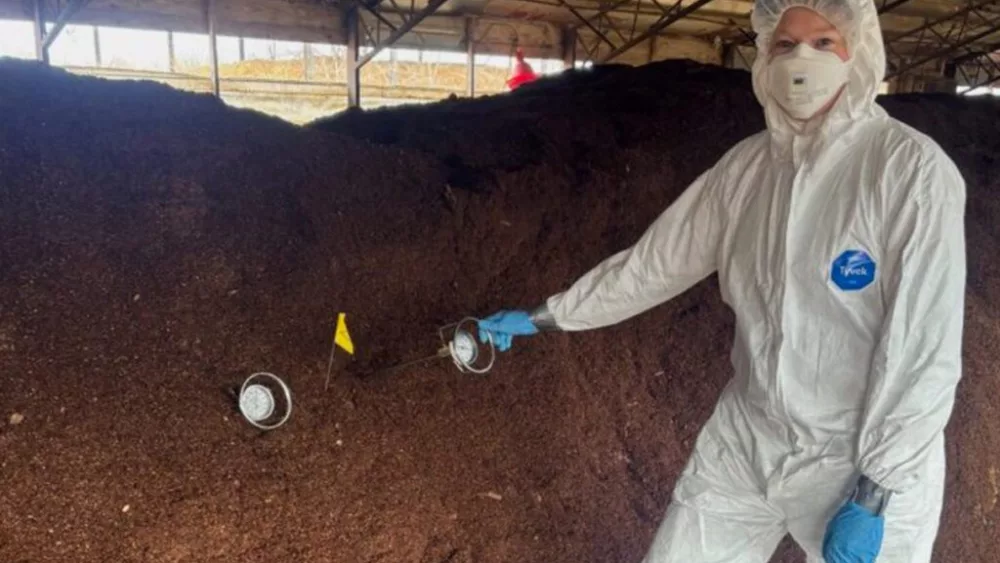A new report by two nonprofit organizations is advocating 11 western states change local and state policies to increase controlled burning on private lands to stem wildfires.
“Modern wildfires are not only burning larger areas but are also more harmful for people, forests, and the environment,” according to the publication “Burn Back Better,” produced by the Property and Environment Research Center and Tall Timbers. The 38-page report, subtitled “How Western States Can Encourage Prescribed Fire on Private Lands,” recommends immediate policy changes to address the wildfire crisis in the western U.S.
“The growing wildfire crisis makes this need to restore ‘good fire’ all the more urgent,” according to the report. “Frequent, low-intensity fires are essential for bolstering forest health, maintaining wildlife habitat, and reducing smoke and other air pollutants. Today’s catastrophic ‘megafires,’ however, scorch forests, degrade water quality, decimate habitat, and choke the air with smoke.”
California had the largest amount of land burned by wildfires, with more than 9.6 million acres harmed from 2017 to 2021, according to the report. California has 32.5 million acres at high to very high risk of wildfire.
The report listed 10 other states and the number of millions of acres burned during the same period: Oregon (3.7), Nevada (2.8), Montana (2.6), Washington (2.5), Arizona (2.5), Idaho (2.3), Colorado (1.3), Utah (1.2) New Mexico (.83) and Wyoming (.80).
A media release on the report said 153 million acres of private, tribal, state and federal forest lands are facing high or very high wildfire risk. The report said surveys show private landowners are interested in increasing “prescribed fire” to reduce the impact of wildfires. Their land is often between urban and remote public lands or within a matrix of remote fire-prone areas.
“One such factor is the use of prescribed fire, in which low-intensity fire is carefully applied to a landscape under controlled conditions to improve forest resilience, reduce extreme wildfire risks, and achieve other land-management objectives,” the report said. “Time and again, when wildfires have spread to areas where cultural burning practices have been restored or that have otherwise been intentionally managed with prescribed fire to increase resilience, those fires have become less destructive and easier to fight.”
The report said changing local and state regulations may be faster than changing federal regulations. The organizations recommend removing bureaucratic obstacles to prescribed burning and developing flexible approaches to “burn days.” It advocates for more training, education and support for landowners’ use of prescribed fire and improving “liability regimes” to reflect public benefits of controlled burning. It also promotes private investment for catastrophe bonds.
“A key solution to the wildfire crisis is more fire, not less,” Jonathan Wood, vice president of law and policy with the Property and Environment Research Center and co-author of the report, said in a statement. “To ramp up prescribed fire and cultural burning, states must adopt policies that mitigate risks without being so onerous that they discourage landowners from using prescribed fire.”




